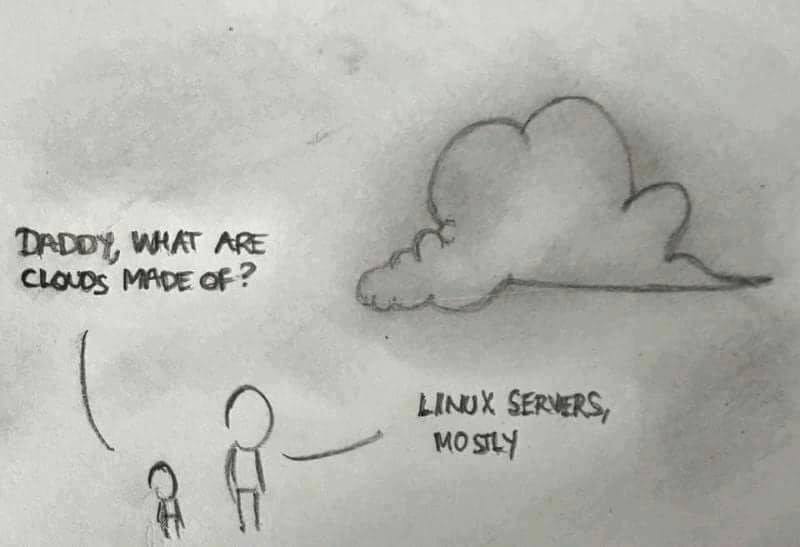Jio-Airtel PNI up in Delhi NCR!
I visited Delhi earlier today and noticed latency from my phone on Jio 5G to my home (on an ISP behind Airtel) was just 20ms. It varied a bit (as one would expect on a wireless radio network) but 20ms is special because until now it was at least 80-90ms. After all, Jio and Airtel were not connected in Delhi NCR until now. There were sometimes jokes about them being connected at NIXI Noida but that never pushed any traffic because NIXI injects its route server AS24029 in the AS_PATH and while their direct PNIs (i.e Private Network Interconnect) in Mumbai & Chennai would have a direct (short) AS_PATH.
